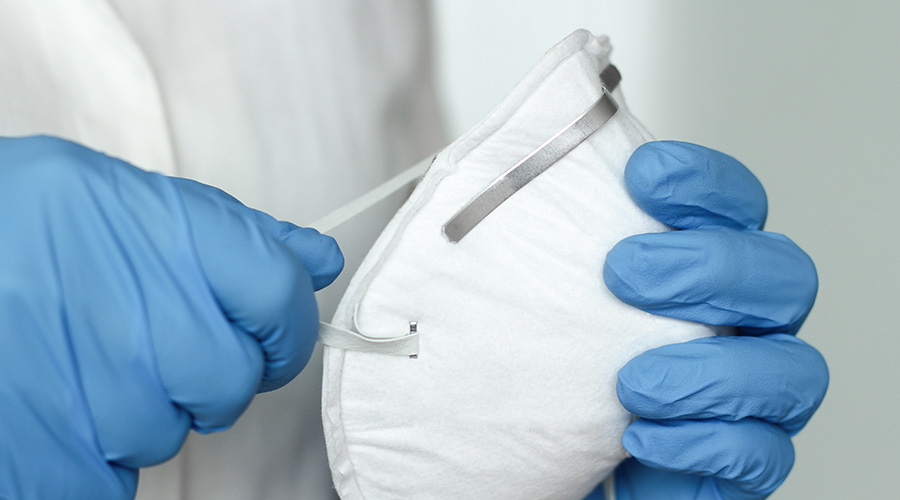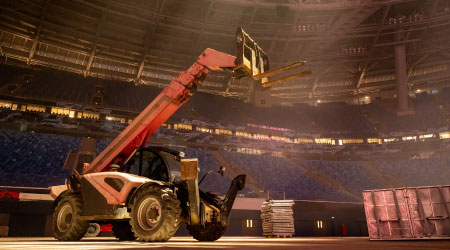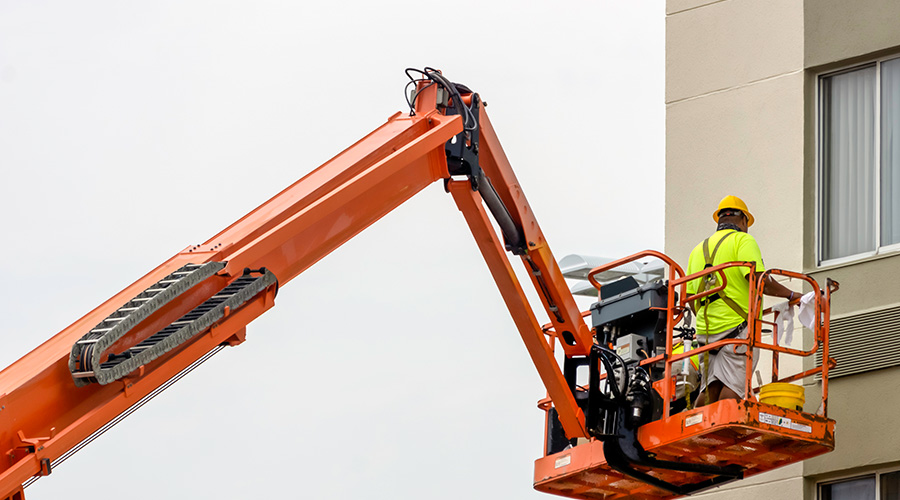Training Workers Improves Personnel Lift Safety
While all aspects of personnel-lift operation and service deserve careful and continuous concern from supervision and users, they must pay special attention to the three leading types of accidents: falls, collapses and tip-overs, and electrocutions.
Managers have found through years of experience that a few key actions can ensure safe use of personnel lifts. The first includes awareness training, application demonstration, and follow-up to ensure operators consistently follow safety regulations from national agencies, including the Occupational Safety and Health Administration.
Wearing PPE, including fall-protection, also is essential. Training on the model of lift being used applies to all, even the most experienced workers. Managers should ensure operation and maintenance manuals, as well as ANSI A92.5 on responsibilities for lift operators, are in the manual box on lifts, including rental units.
Proper lift inspection and, if needed, maintenance are essential before use, and workers must be aware of overhead and other workplace hazards, such as irregular surfaces that cause tip-overs. They also must be aware of maximum grades, tip-over points, and other limitations that protect against collapses and tip-overs for each different type of lift in use.
A comprehensive annual maintenance schedule should include inspections, preventive maintenance, and routine replacement of fluids, seals, and worn parts. Such a schedule keeps lifts in top shape so they are ready to go when the need arises.
Related Topics:
















